Raising A Child In Japan: The Three-Year Health Check
What To Expect When The Notice Arrives
Discover all about the history and setup of Japan’s three-year health check, which targets all-around physical and social abilities, for a seamless time for you and your family.
When I first received the notice in the mail for my daughter’s three-year health check, I was not sure what was expected of either of us.
A few months earlier, the ward office had informed me that the checks had been delayed due to Covid-19, but that hers should come up a few months after her third birthday. Yet, when it arrived, the bulk of the contents surprised me, as did the many forms and tests enclosed. In Canada, I never had attempted to test my kid’s hearing or sight by myself or gathered her urine for collection before! Read on to find out our story and what awaits at the san sai kenshin (three-year health check)!
A Check-up full of Unknowns
The ladies manning the front desk of the health check were unfazed by my daughter’s cries. At first, I worried that she would be the only three-year-old protesting the general check-up in a group setting, but within thirty seconds of arriving, screams emanated from the different rooms and I saw that we were in good company.
As my little girl clutched her new Sylvanian Family rabbit doll and surveyed the room suspiciously, we were instructed to wait outside the dentist’s room—her least favorite for sure! There was something strangely relaxing to be in the sterile setting with so many other mothers and children of the same age, a certain companionship borne of the shared situation. The other Mamas—and there were only mothers at our check-up save for my husband who had come for moral support—seemed unfazed by the experience, many checking their phones impatiently while we waited. Given how many of these checks they had likely already been to, unlike my family, both they and their kids seemed to know the drill.
Even though we had been in Japan for six months, luckily for us, my daughter had never gotten sick; so, we had yet to explore the medical system with her. Still, as I noted above, the multiple forms which arrived in the mail seemed daunting: a whispering test for hearing and a vision test to be conducted at home, a urine sample to be collected, as well as a long mostly multiple-choice form about my daughter’s behavior and abilities, pretty much across the board.
the other Mamas[…]seemed unfazed by the experience, many checking their phones impatiently while we waited
Many of the questions were very detailed, far more in-depth than I had ever been asked at a doctor’s office in Canada. It was a little unnerving to share what her favorite snacks were, for instance, knowing that our parenting was going to be evaluated based on our answers. Despite my trepidation, I answered everything, conducted the at-home tests, and was ready for our close-up!
The Three-Year Check and the San Sai Shinwa
As I discovered, the three-year health check (or san sai kenshin 3歳健診) is the last of the municipal health checks offered to young children before they begin elementary school, following the four-month, ten-month, and year-and-a-half checks in the same format.
Actually, historically, although the pregnancy and baby check-ups were instated gradually throughout the late 1930s and 40s, the three-year check was first mandated in 1961. It is thought that this coincides with the popular thinking at the time (and today to a certain extent) that the mother should stay with the child until they are three years old. This thinking often dubbed the Myth of Three Years (san sai shinwa 3歳神話), emerged in the 1950s as an adaptation of John Bowlby’s work on attachment and the mother which was promoted by the World Health Organization—at the time. But, it also dovetailed with the domestic conservative pressures to keep Japanese women at home and out of the workforce. The three-year health check extended a child’s time as a baby relying on the mother into their third year, thus providing further fuel to the theory.
Despite being widely debunked, this theory certainly still had clout at our check-up: during my daughter’s psychology examination, the social worker praised me for our attachment—as she sat on my lap still holding her new doll—and told me it was because I did not work outside of the home.
Regardless of this ideological history, the three-year checkup has become an important site of preventative healthcare for children. At a young age, they are provided a largescale check with their results compared with their peers of the same age. This is often, for instance, where eye and ear problems are first detected. Also screened for are mental health disorders, such as those on the autism spectrum, which could benefit from early detection.
What to Expect
As for our experiences, after a stressful but informative time in the dentist’s room, we were guided to the social worker’s room. My daughter is very shy, and this situation was unusual, so I wasn’t sure how it would go. Sure enough, at first, she wouldn’t answer the woman’s questions, such as what’s your name? How old are you? But, then she tried asking the same questions to my daughter’s doll, which unlocked her curiosity and got her talking! Here, it was clear that her (Japanese) language and social skills were being evaluated.
Next, since I indicated that she had squinted on our at-home vision test, we redid it in the presence of nurses. This test was out in the open instead of in a closed room, my daughter was anxious about it and fussed. From the inconclusive result, we were given a referral to go check out her eyes at an eye hospital—a story for another time!
After that, we waited for the next exam in a room where a few kids stepped on the scale and had their weight and height calculated. Following this, we sat in a waiting room of sorts with about five other parent-child groups to see the doctor. By this point, about 45 minutes in, my daughter was very comfortable in her new surroundings, wandering away from us a little and playing with her doll. The lack of long wait-times and kindness of all of the staff can be thanked for this I think!
When we saw the doctor, a sweet older woman, my little one was plastered to me in fear—the last doctor visit had been a shot in Canada! But, she gently convinced my girl to let her hear her heart and before long they were chatting away together. After reviewing all of my forms, she told me not to worry about anything and sent us on our way. Before leaving, we were returned our mother-child handbook (boshi techo 母子手帳) with the three-year-old page filled out and our referral forms. It was far less lengthy and stressful than I could have imagined!
Savvy Tips
Here are some quick things to remember if you’re due for the three-year health check soon:
- Bring your boshi techo and make sure it is up-to-date with medical and vaccination history
- Bring all of your forms, the results of your home tests, and urine sample
- Your child’s teeth, height, weight, heart, and social capabilities will be evaluated
- Your child’s ears and eyes will be evaluated if you noted a problem in your home tests
- All municipalities are different, but if you find medical Japanese hard, bring someone to help you with the language! (mine had no language support)
Good luck!

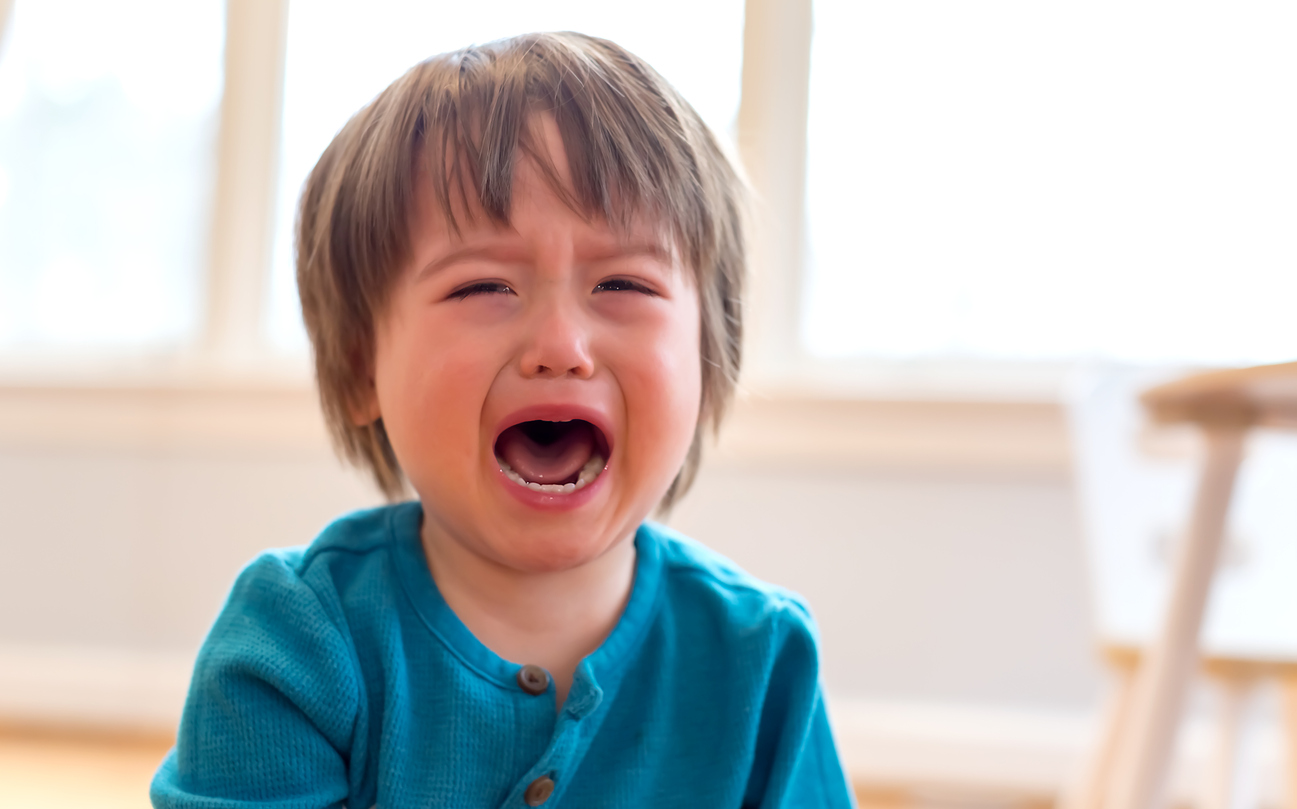
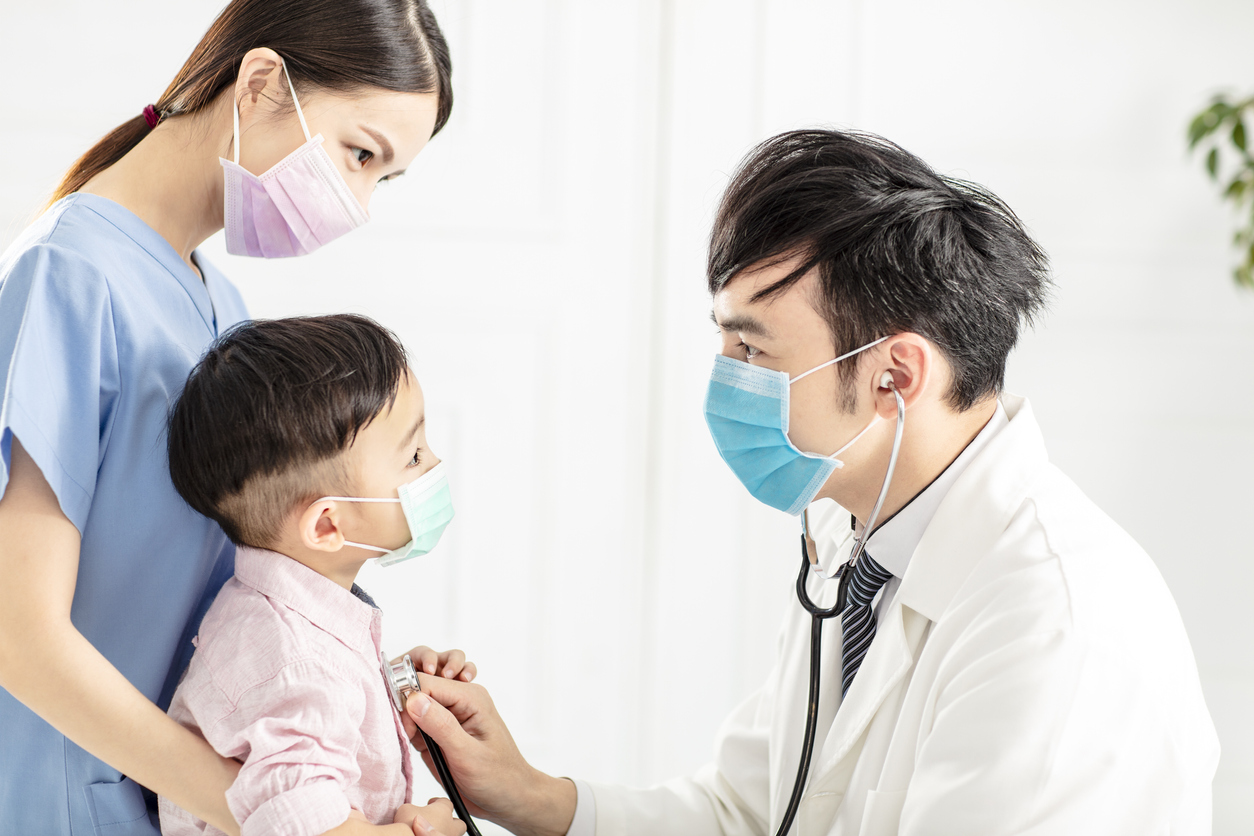
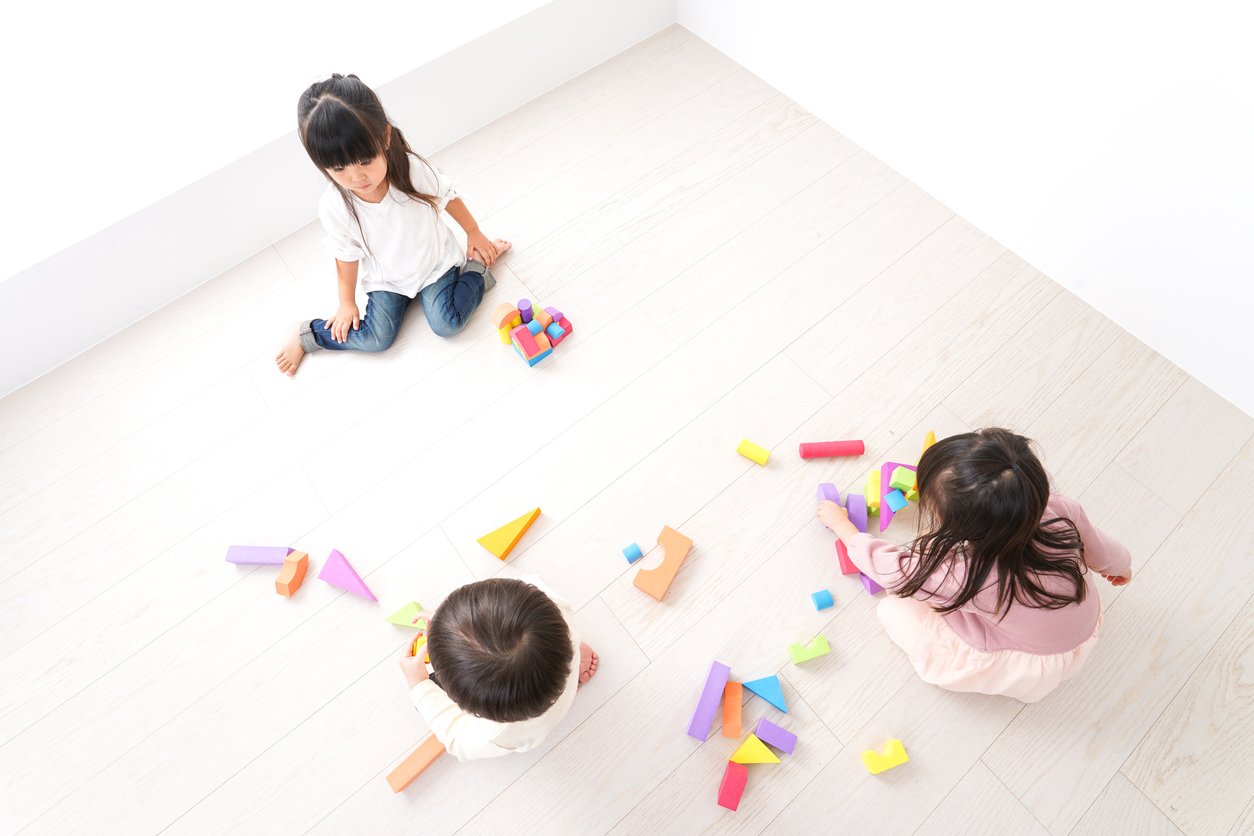











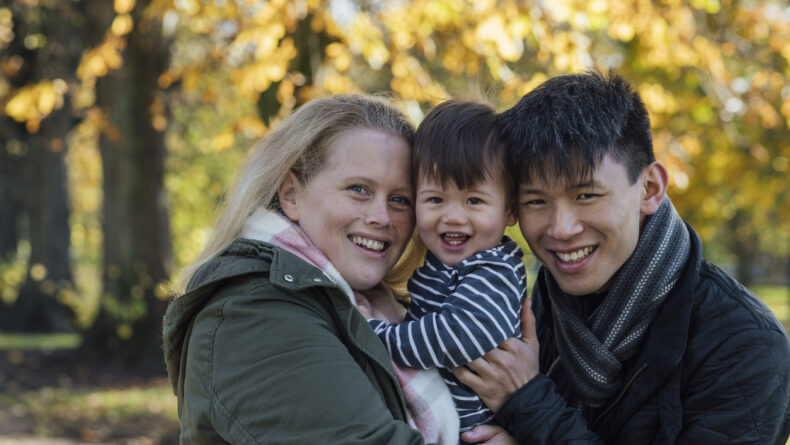
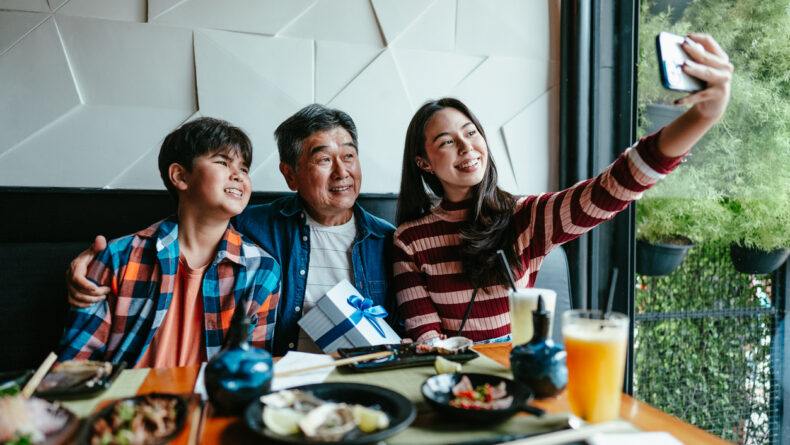
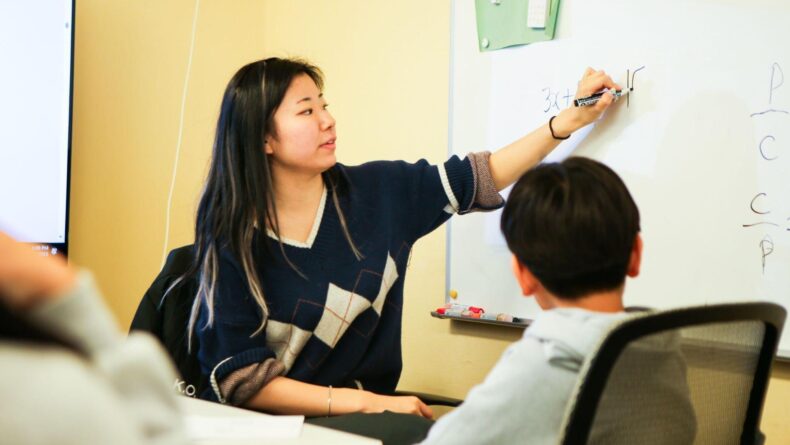

Leave a Reply